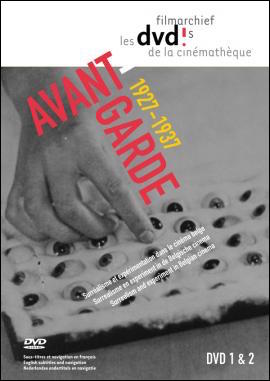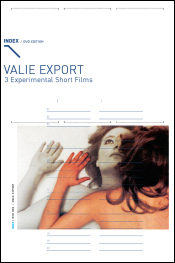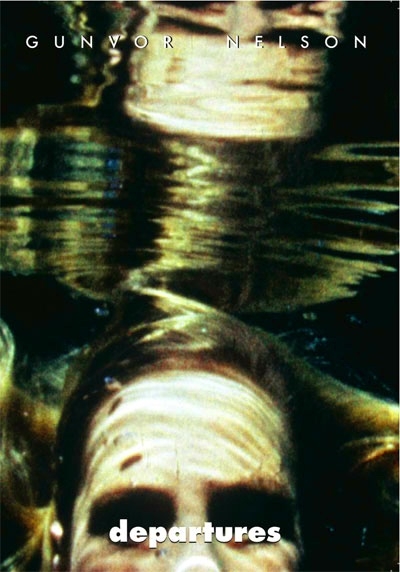GME DVD Distribution – Maya Deren Experimental and Dance Films Now Available on DVD for North American Institutional Sales
/Gartenberg Media Enterprises is pleased to present DVD publications of Maya Deren's EXPERIMENTAL FILMS and DANCE FILMS.
"She is the mother of us all"
– Stan Brakhage
◊
Maya Deren was one of the most pre-eminent avant-garde filmmakers of the 20th century; her first film MESHES OF THE AFTERNOON (1943), is the most renown experimental film throughout all of film history. She became known as a major proponent of the “trance” film, and her movies are a transitional link between the European avant-garde films of the 1920’s (see, for example, CINÉMA DADA and SURREALISM AND EXPERIMENTS IN BELGIUM CINEMA), and the American avant-garde films of Kenneth Anger, Gregory Markopoulos, Stan Brakhage and others. Deren was also a poet and developed an interested in modern dance (see also MAYA DEREN: DANCE FILMS). In her experimental films, she also collaborated with other artists, who appeared in her films, including poet Anaïs Nin, musician John Cage, dancer Frank Westbrook, and her filmmaker-husband, Alexander Hammid.
"The cinema of Maya Deren delivers us from the studios: it presents our eyes with physical facts which contain profound psychological meaning; it beats out within our hearts or upon our hearts a time which alternates, continues, revolves, pounds, or flies away.... One escapes from the stupidity of make-believe. One is in the reality of the cinematic fact, captured by Maya Deren at that point where the lens cooperates as a prodigious discoverer."
- Le Corbusier, 1945
◊
Maya Deren (1917-1961) developed an interest in dance during her first years living in New York City. According to scholar P. Adams Sitney, “In the early forties she conceived the idea of writings a theoretical book on modern dance and looked for a professional dancer to work with her. She interested Katherine Dunham in her project and traveled with her on her tour of 1940-1941. The book never materialized…” Several years thereafter, Deren integrated her interest in modern dance into her filmmaking practice, and in the 1950’s did fieldwork in Haiti on rituals, dances, and voodoo. She also collaborated with choreographer Anthony Tudor and students of the Metropolitan Opera Ballet School in the making of THE VERY EYE OF NIGHT (1952-55).
Deren’s first dance film, A STUDY IN CHOREOGRAPHY FOR THE CAMERA (1945) was subtitled “Pas de Deux”, referring to the co-equal role of the camera and the on-screen dancer in terms of the interplay between movement, space, and time.
"In this film, I have attempted to place a dancer in a limitless, cinematographic space. Moreover, he shares, with the camera, a collaborative responsibility for the movements themselves. This is, in other words, a dance which can exist only on films The movement of the dancer creates a geography that never was. With a turn of the foot, he makes neighbors of distant places. Being a film ritual, it is achieved not in spatial terms alone, but in terms of a time created by the camera."
– Maya Deren on A STUDY IN CHOREOGRAPHY FOR THE CAMERA (1945)
◊
Additional Titles of Related Interest From GME:









